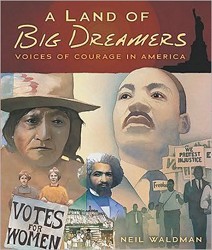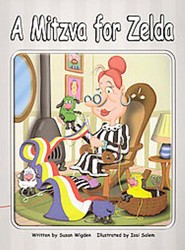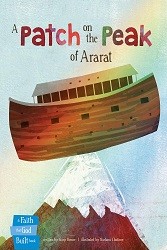If you’re looking for a slavish retelling of the Bible story about Noah and the Flood, this book isn’t for you. If you’re hoping to read a book about pretty rainbows and obedient doves, this isn’t for you. But if you want a story that will grip you from the beginning to the end with a realistic cast of human and animal characters, a plot that will keep you on the edge of your chair, and a setting that is both horrific and fascinating, then you must read this masterful book. Timna, Noah’s daughter, is the main character and hero. What? You’ve never heard of her? Was she just another invisible woman from the Bible? Timna herself realizes the truth: “ ‘Shem, Ham, and Japheth: sons of Noah.’ They are the only ones who will be mentioned a hundred years from now when people tell our story. I know I won’t figure.” You must read until the very end to discover Timna’s fate.
Timna isn’t the only narrator in this book. Her three brothers, their wives, her mother, and even some of the suffering animals tell the tale from their various points of view. Each voice is expressive; each voice has a different cadence and leads us to a deeper understanding of the catastrophe of the Flood. Interestingly, Noah does not tell his side of the story. The author portrays him as a religious fanatic, a monomaniac. She leads us to question whether he is as “blameless” as the Bible story would suggest. Almost all the people on the Ark are cast in an unflattering light. After all, Noah’s family saved themselves while thousands of people drowned: “The water boiled with people. They were swimming, or clutching hold of logs, doors, cartwheels. Animals, too, were swimming among them — dogs and horses, cattle, goats. The sky was full of displaced birds, circling, circling, with nowhere to land.” However, the family’s faults — large and small — make them seem more human. Not likeable, but human.
McCaughrean tells this story through powerful language and imagery. The sensory world engulfs us. “Below us, in the bowels of the ship, along its entire length, beasts squealed and shrieked and keened, scrabbling with claws and talons and tails for some purchase on the rolling world.… Huge mounds of hot dung slid about the decking, dislodging small creatures in their path.” What did we expect? That all these animals would quietly behave themselves during the 40 days and nights and all the claustrophobic days thereafter while they waited for the waters to recede? The Flood was not a pretty sight. Touches of humor and irony occasionally relieve the tragic events. Timna states: “No shortage of jobs for any of us. The end of the world is a busy time if you mean to outlive it.” Without giving away the ending, let us say that some small hope sustains the survivors (and the reader). And perhaps even a grain of faith. In our time of natural disasters— hurricanes, tidal waves, earthquakes — the ancient story of Noah and the flood hits uncomfortably close to home. Highly recommended for ages 12 – 18.




